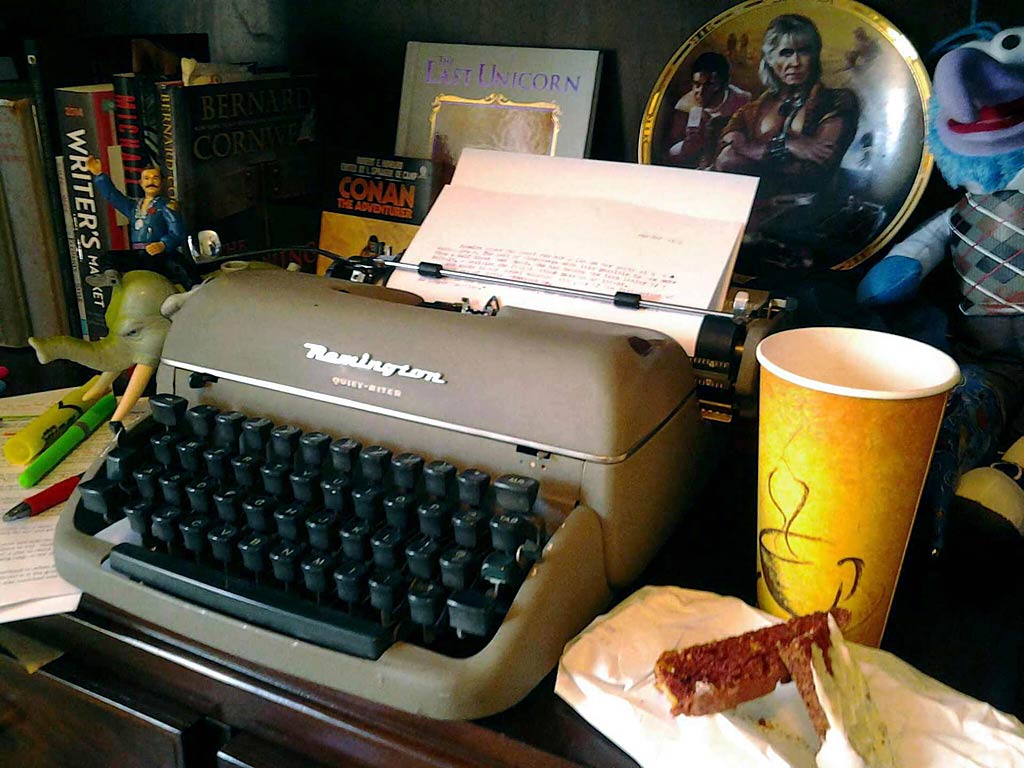Promises Conventions Obligatory Scenes and Genre
Grab a coffee, we’re gonna be here for a bit with this one. I was actually planning to put this on my paid member site, Story To Script, but decided […]

Grab a coffee, we’re gonna be here for a bit with this one. I was actually planning to put this on my paid member site, Story To Script, but decided […]
In the article More on Master Theme, I talk about the necessity of running a Master Theme in your story and some of the common mistakes working with secondary themes. […]
Surprise is the lifeblood of story. In Maximizing your Turns, I talk a bit about foreshadowing your turns—actually foreshadowing the opposite of your turns to make them more dramatic. But […]
Building Flashbacks into a story is like setting high explosive charges–effective when used properly, potentially disastrous in inexperienced hands. When I see a script from a new writer that contains […]
Stories have a beginning, middle and end. 3 Acts. Like a pizza, you can cut these three acts into as many parts as you want. Run a 4 act, 5 […]
Though captions in modern comics are generally a shadow of their former self, in my book they’re still an indispensable tool for the comic writer. Of course captions (CAP) deliver […]
These days, amateur writers are under the impression that they can write about nothing as long as it’s “written well”. That the story engine is less important than trendy subjects […]
You’ll often hear me equate writing to cooking, in that for a dish to come out well, you need the right ingredients, in the right amounts, in the right order. […]
Subplots are integral to deep, rich stories and a mainstay in the serial comic. What exactly is a subplot? From Storycraft for Comics; Subplots are smaller, specific story arcs within […]
Comics are an incredible medium, art from the in-between space. Visual like movies, yet driven by words. Pictures powered by prose. Having read comics for over 35 years, I’ve seen […]